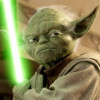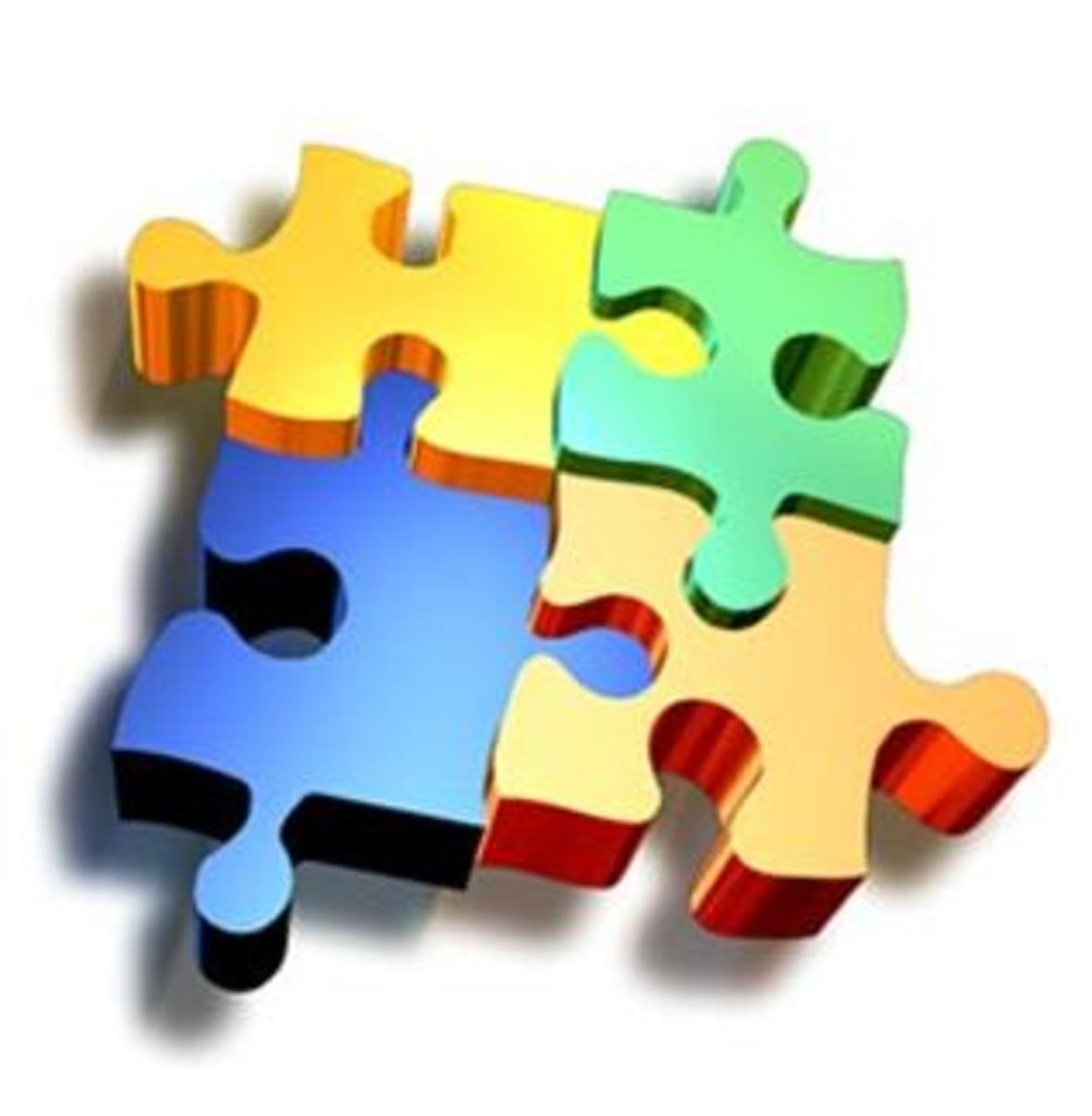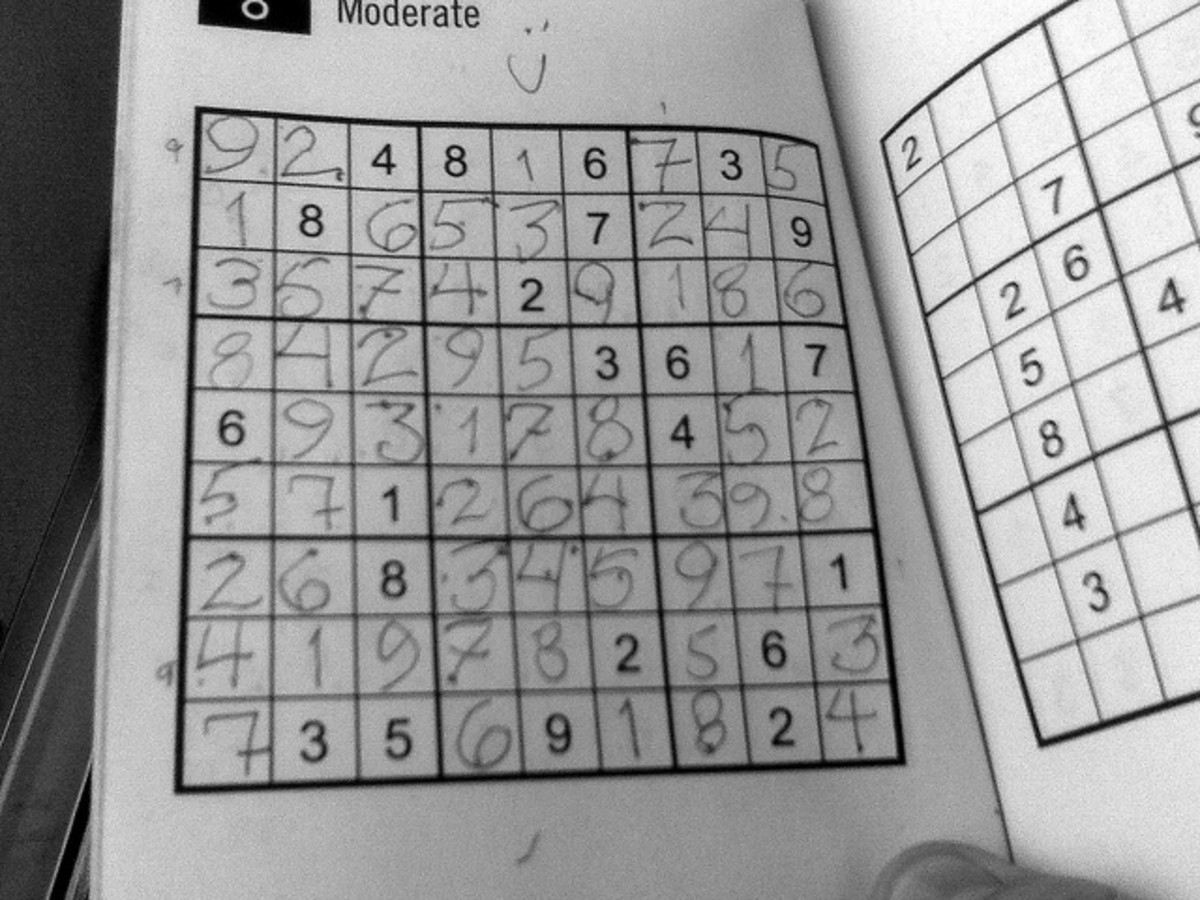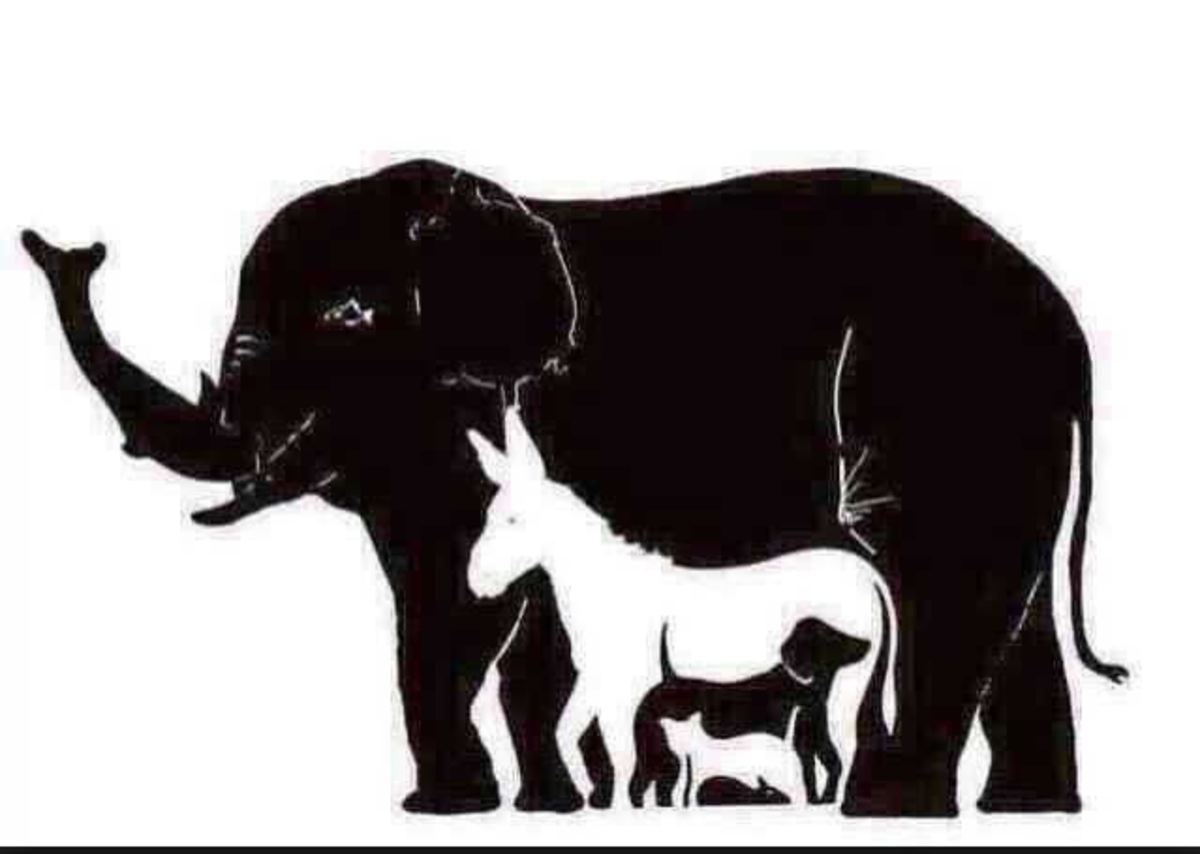Logic Games Galore - Sudoku Isn't Alone!
Sudoku Is Just The Tip Of The Iceberg
Are you among the select few who actually enjoy logic games (i.e. Sudoku) on a regular basis? I have found that most people who don't even enjoy logic games are aware of the Sudoku craze, or know of someone who enjoys solving them. However, what most people don't know is that there are many other logic games similar in nature to Sudoku but equally challenging and unique in their own ways. I'll delineate a lot of other logic games for you later in the hub, but first I'll give a brief history of Sudoku and why it has become the most popular and well-known logic game of all.
Why The Sudoku Craze? How Did It Start?
Sudoku wasn't always the same puzzle. It began in the United States under the name "Number Place," but it wasn't the Sudoku that we know and love today. It lacked the 3x3 individual grids that also contained the numbers 1-9 independent of the rows and columns. It only had rows and columns, but not grids. Number Place's actual inventor was never truly known, but it was first published in Dell Pencil Puzzles and Word Games magazine in 1979. The only clue as to the creator is that one name appeared in every magazine that contained Number Place and in no magazines that did not contain it--Howard Garnes. He is largely accepted as its inventor, but it has never been proven that he was the sole creator of Number Place.
What does this have to do with Sudoku? Well, a Japanese magazine company, Nikoli puzzles, saw this "Number Place" in the Dell magazine, and added the 3x3 grids concept to it. They changed the name to Sudoku (which stands for suji wa dokushin ni kagiru meaning "only single numbers allowed") and began publishing it in Nikoli magazine, where it became a hit and eventually spread back to the U.S. through the New York Times. Note that Nikoli is the major publisher of all the other logic puzzles I'm going to cover in this hub. For more details on their puzzles, you can visit their website at the link below:
http://www.nikoli.co.jp/en/puzzles/
Nikoli is not the only place you can play these puzzles, however. Below are the two main sites I use to play logic puzzles online. I find that the quality of their puzzles, as well as the quality of the software used to incorporate them, is very high.
http://www.brainbashers.com/today.asp
http://www.puzzle-X.com (Replace the X with the name of the logic game you wish to play, for instance, to play nurikabe, you would type http://www.puzzle-nurikabe.com rather than puzzle-X as shown. All the possible replacements are: loop (for slitherlink), nurikabe (for nurikabe), light-up (for light up), bridges (for hashiwokakero, or bridges), and nonograms (for nonograms). There may be more possibles than this but you'll have to figure them out yourself because I haven't found any more.)
Note: Both of the sites above require the Java Virtual Machine (JVM) and they require that Java be enabled in your browser. To enable this, go to the IE Tools menu, then down to Browser Options (or just Options) and go to the last tab which is called "Advanced." Then scroll down to near the bottom and find the option that says "Javascript enabled" and make sure it has a checkmark by it instead of an empty white box. If you don't have the JVM you can download it from Sun Java's website:
About Logic Puzzles
Just for a moment I'm going to go over what makes up a logic game. I'm sure not all readers are even familiar with the term, but most probably have at least heard of it before. A logic puzzle is a puzzle that does not require anything but pure logic to solve. That's right, no math, no advanced calculations, no super-crazy calculus or anything like that. Just logic. If you're confused what is meant by logic, a typical logical deduction will sound something like this. "I know X cannot go here or here because of this rule, and I know X cannot go here because of this other rule. Therefore, the only option left is for X to go here, therefore it must go here because there is nowhere else left for it to go."
That's what Sudoku is all about, even though it has numerals in it. You could just as easily use shapes or letters instead, although I find it easier to solve using numerals. In fact, any logic game uses that kind of deduction. No guesses should ever be required if the puzzle has a unique solution. In mathematical terms, most logic puzzles have been proven to be NP-complete, which basically means that any puzzle with a unique solution can be arrived at using only logic and no guessing. If you have to guess, you have either forgotten one of the rules, or have not used them all correctly or factored them into your thoughts. If a puzzle is NP-incomplete, this generally means that either a unique solution is not possible with any amount of clues, or that a puzzle with a unique solution still requires guesses in order to solve it.
Enough math puzzle theory. Let's check out some of those puzzles!
Because I can, I'm going to begin with my own favorites. I like Sudoku as much as anyone, but I'm not near as good at it as some people I know, and I personally don't get as much enjoyment from it as others do. My favorites are Nurikabe, Tents, Bridges, and Light Up, in that order.
My Personal Favorites
Nurikabe
This puzzle involves a number of "islands" that are all completely surrounded by water. Each tile is either part of an island, or part of a single body of water that covers the entire puzzle. So, one rule is that no section of water can be separated from another section. All the water must be connected orthogonally to more water. (Orthogonally is the opposite of diagonal, it means directly up, down, left, or right, and refers to tiles that have their sides touching and not just their corners. Diagonals are the ones with only corners touching.) Another rule for Nurikabe is that every island has one and only one number on it, which is the number of tiles that make up that island. So, islands numbered "1" imply that all orthogonally adjacent tiles must be water. They are islands of only one tile, which is the tile with the number on it. Also, any unknown tile that is surrounded by water must also be water, otherwise it would be an island that has no number, which is not possible. The fourth and final rule is that there can be no section of water that is a 2x2 grid of water tiles. In other words, one of the tiles must be land, and there must be an island nearby that contains that tile. This is probably the logic game I'm best at solving, or at least the fastest at solving among my favorites.
Tents
This puzzle involves a field of grass, trees, and tents. The objective is to find all the tents. None of them are shown at the beginning of the puzzle, but instead, each row and column is labeled with the number of tents in that row or column, and all the trees are shown. The rest of the spaces are unknown. The main rule is that each tree is attached to one and only one tent. There can be multiple tents near a tree, but only one that belongs to that tree. Also, tents cannot be adjacent in any sense, either diagonally or orthogonally. So any tent that has been placed must have grass or trees in the 8 tiles around it. This is a very simple but ingenious puzzle that is very unique and challenging.
Bridges (Hashiwokakero)
This puzzle, also called hashiwokakero, is a lot of fun. It involves a number of cities, which are represented by circles with numbers inside them. Each circle is the same size and only has one number, which represents the number of bridges connected to it. Each city must be connected in a network that reaches all cities, so there are no sections that are not connected with other sections, even if both sections contain bridges. In other words, using any of the bridges you must be able to get from any one city to any other city. Each bridge is a straight line that cannot cross any other bridge, and can only connect one city to one other city. That is, three or more cities cannot all be connected by the same bridge. Each pair of cities connected by a bridge can have either one or two bridges going between them, or no bridges at all. This means that a city numbered "7" must have at least one bridge going in all four directions--up, down, left, and right. If it only had three connections with two bridges each, that's only 6 bridges, and it still needs one more in the fourth direction. Note that diagonal bridges are not allowed. The object is to find where all of the bridges must go, because the puzzle begins with only the cities shown.
Light Up (Akari)
This is probably the most visually entertaining puzzle, because of how the lights work. The room is a grid of empty tiles and black tiles. The black tiles block light and do not let it pass. Some black tiles have numbers that tell how many light bulbs are in the 8 tiles around that tile. A light bulb lights up all empty tiles in four directions (up, down, left, and right) and stops upon encountering a black tile. No light bulb can be placed in a tile that is already lit by another bulb. The object of the puzzle is to light up every non-black tile in the entire room without breaking any of the rules. For instance, you can place a light bulb in a tile that is not lit and has no clues near it as long as the light can legally go there and it leads to a correct solution of the puzzle. Most of the light bulbs that must be placed do not have numbered clues to show where they go. Their location must be deduced by the location of unlit tiles that can only be lit from a certain other tile.
Other Puzzles You've Probably Never Heard Of
Here are some more puzzles that you probably have never encountered before, but are made by Nikoli and published in their magazine along with the more popular Sudoku:
Hitori
This puzzle involves a grid of numbers that must be made correct by placing black tiles over some of the numbers. The object is to place black tiles over numbers such that there are no duplicate numbers in any row or column. For instance, a row with two number fives will need at least one black tile in it, covering one of the fives so that there is only one five in the row.
Yajilin
I personally love the name of this one, but it can be a bit tough to solve. It is a mostly-empty grid whose clues consist of tiles marked with a number and an arrow. The arrow indicates that of all the tiles in that direction, there are a certain number of black tiles, which is the number below the arrow. These black tiles and the clue tiles are the only tiles that are not part of the solution. The solution is a continuous loop that contains a single line segment in each free tile. Each line segment is either a straight line running from two adjacent tiles, or a 90-degree L shape that can have one of four orientations. This loop must not break or turn back on itself, and it will go through all of the tiles that are not clues or are not black. The placement of the black tiles is part of the puzzle, and the only clues given are possible locations of the black tiles. Some clues are easy, such as a number one and an arrow pointing to an edge that is one tile away. That one tile in between the edge and the clue must then be a black tile.
Masyu
Masyu is a grid of tiles whose only clues are tiles with a black or a white circle in them. The solution, like the previous puzzle, is a continuous loop, but it does not have to go through every tile. It must go through every tile with a circle in it, and the tiles with the circles have certain rules about what the loop must do. A tile with a white circle means the solution line must pass through that tile in a straight line, either vertically or horizontally, but no other way. The black circles mean that the line must make a 90-degree turn in one of four ways in that tile. All the other tiles can have any possible line segment, and may or may not be part of the solution.
Slither Link
Again, this is a loop puzzle. However, in this puzzle, the loop runs along the edges of the tiles rather than inside them. Each edge between two tiles or on the edge of the board is either part of the loop or is not part of the loop. The clues are numbered tiles that tell how many of that tile's edges are line segments in the loop. It is not possible for the loop to double back on itself or for any trees or splits in the line, just like in Yajilin and Masyu. Therefore, there can never be a tile numbered four in slither link because it would have to be the only tile in the solution, which would be a loop running only around that tile.
Number Link
In this puzzle there are pairs of numbers scattered throughout the grid, and your job is to draw line segments in all of the other tiles that connect the pairs. There will never be more than two of any single number, therefore each number must be matched only with its pair. Line segments cannot cross each other, and each tile can only have a single line segment that is either vertical or horizontal, or a 90-degree turn (just like the loop puzzles except it's a set of bending lines, not a loop).
Sudoku-Related Puzzles
Fillomino
Fillomino is a sudoku-like puzzle because the columns and rows obey the same rule as sudoku puzzles; they can contain only the numbers 1 through 9 and only one of each number. However, instead of nine 3x3 grids of cells that also have the same property, there are nine fillomino block shapes covering the puzzle that are like the 3x3 grids, only they are in different shapes. In other words, for each unique shape (which can wrap to the other side or the top and bottom) there can only be the numbers 1 through 9 in that shape itself, independent of the rows and columns. Think of it as if the 3x3 grids have been rearranged.
Futoshiki
This puzzle is a smaller version of sudoku that usually has no numbers as clues, especially for smaller grids and harder puzzles. Grids for futoshiki range from 3x3 to 6x6 depending on the difficulty. Futoshiki puzzles obey the same row and column property as sudoku puzzles, but there are greater-than and less-than signs ( > and < ) in between some of the cells, and the numbers within the cells next to these signs must obey the properties of the sign. For instance, two cells in a certain row with a > between them cannot have number combinations like 4 and 5 or 2 and 4. The number in the left cell MUST BE greater than the number in the right cell. This is your main clue and is usually your only clue, but since there are less possible numbers than sudoku, it's generally about the same difficulty.
Of course, there are even more puzzles than this, but I simply wanted to whet your logical appetite, assuming that you even have one. I hope I have enlightened you to the fact that Sudoku isn't the only logic puzzle out there, and in my opinion, is not even the best one. It just happens to be the most popular and best-known "tip of the iceberg."
Something Else To Check Out
Recently I found a website with a bunch of free logic games for download. They are all of excellent quality, and each individual program can generate and solve its own puzzles. I highly suggest you try some of them out. Most of the ones I mentioned in this hub are on the site, as well as a few others I didn't even know about until I found them myself on here:
http://www.chiark.greenend.org.uk/~sgtatham/puzzles/
Enjoy!






